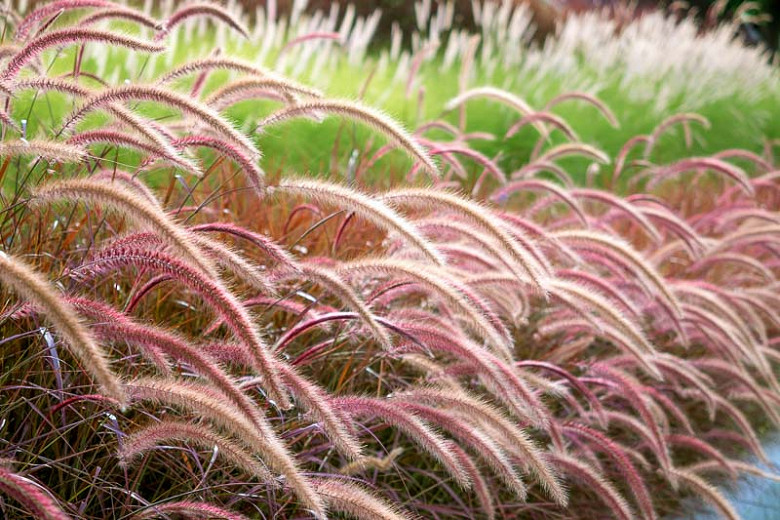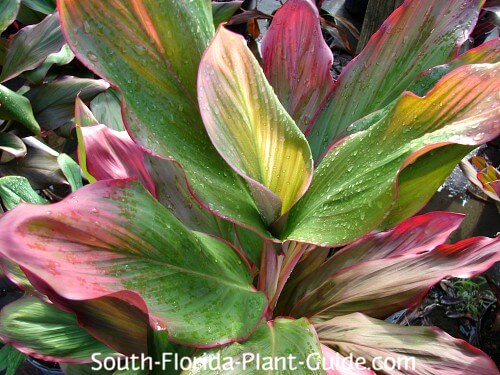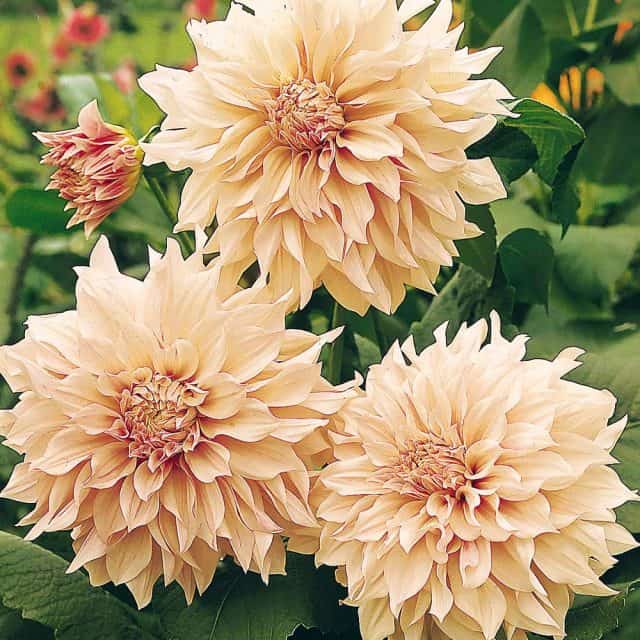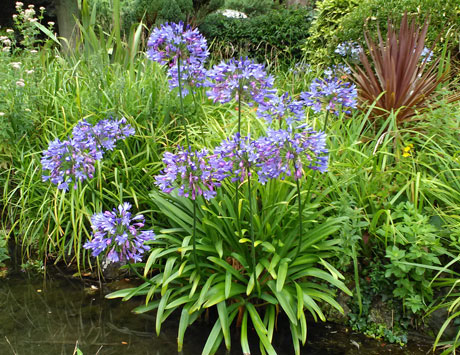Amazing Companion Plants For Cordylines
Amazing Companion Plants for Cordylines
Cordylines are tropical and subtropical plants that are known for their colorful foliage. They can be grown in gardens or containers, and they make a striking addition to any landscape.
When choosing companion plants for cordylines, it is important to consider the plant's light and water requirements. Cordylines prefer full sun and well-drained soil. They are relatively drought-tolerant, but they will benefit from regular watering during the hot summer months.
Here are some amazing companion plants for cordylines:
- Pennisetum setaceum 'Rubrum', also known as fountain grass, is a tall, ornamental grass with bright red foliage. It is a perfect companion for cordylines because it has similar light and water requirements. Fountain grass can grow up to 6 feet tall, so it is important to plant it in the back of a border or in a large container.

- Pachystachys lutea, also known as Mexican flame vine, is a tropical shrub with bright yellow flowers. It is a fast-growing plant that can reach up to 6 feet tall. Pachystachys lutea prefers full sun and moist soil. It is a good choice for a sunny border or patio.
- Helichrysum petiolare, also known as everlasting daisy, is a succulent plant with gray-green foliage and yellow flowers. It is a drought-tolerant plant that is perfect for xeriscaping. Helichrysum petiolare can grow up to 2 feet tall and wide. It is a good choice for planting in between cordylines or in a container garden.
- Agave attenuata, also known as foxtail agave, is a succulent plant with long, spiky leaves. It is a drought-tolerant plant that is perfect for xeriscaping. Agave attenuata can grow up to 6 feet tall and wide. It is a good choice for planting in the back of a border or in a container garden.
- Dracaena marginata, also known as corn plant, is a tropical plant with sword-shaped leaves. It is a relatively easy plant to care for and can tolerate a variety of conditions. Dracaena marginata can grow up to 6 feet tall. It is a good choice for planting in a container or in a garden border.
These are just a few of the many amazing companion plants that you can choose from when planting cordylines. When choosing companion plants, it is important to consider the plant's light and water requirements, as well as its size and growth habit. By choosing the right companion plants, you can create a beautiful and harmonious landscape that will bring you joy for years to come.
Cordylines are beautiful and versatile plants that can add a touch of tropical flair to any garden. But what plants should you pair them with?
The right companion plants can help to enhance the beauty of your cordylines, while also providing them with the support and protection they need to thrive. Some good choices for cordyline companion plants include:
- Ornamental grasses: These plants add movement and texture to the garden, and they can help to disguise the cordyline's bare stems in winter. Some good options include feather reed grass, blue oat grass, and maiden grass.
- Flowering plants: Cordylines can be paired with a variety of flowering plants, including cannas, dahlias, and crocosmia. These plants add pops of color and interest to the garden, and they can help to extend the flowering season.
- Ferns: Ferns are a good choice for shady areas, and they can help to add moisture and humidity to the soil. Some good options for cordyline companion ferns include Boston fern, maidenhair fern, and sword fern.
For more information about cordyline companion plants, please visit Gardenia Inspiration. This website provides a comprehensive list of plants that can be paired with cordylines, along with tips on how to select the right plants for your garden.
FAQ of cordyline companion plants
Q: What are some good companion plants for cordyline?
A: Cordylines are tropical plants that can grow quite large, so it's important to choose companion plants that will complement their size and needs. Some good options include:
- Canna lilies: These colorful flowers add a pop of brightness to any garden, and they thrive in the same sunny conditions as cordylines.
- Yuccas: These spiky succulents are drought-tolerant and can provide a contrast to the softer leaves of cordylines.

- Palm trees: If you have the space, a palm tree can make a dramatic statement in your garden. Cordylines and palm trees have similar water and sunlight requirements.

- Elephant ears: These large, tropical leaves add a lush touch to any garden. They prefer moist soil, so you may need to water them more often than your cordylines.

- Succulents: If you're looking for low-maintenance companion plants, succulents are a great option. They can tolerate dry conditions and don't need to be watered as often as other plants.

Q: What are the benefits of planting companion plants with cordylines?
A: There are several benefits to planting companion plants with cordylines. Companion plants can help to:
- deter pests and diseases: Some companion plants, such as yuccas, have natural pest- and disease-repelling properties.
- improve soil quality: Some companion plants, such as legumes, can fix nitrogen in the soil, which can benefit cordylines.
- provide shade: If you live in a hot climate, companion plants that can provide shade for your cordyline can help to keep it cool and healthy.
- attract pollinators: Some companion plants, such as bee balm, attract pollinators, which can help to pollinate your cordylines and produce more flowers.
Q: How far apart should cordyline companion plants be planted?
A: The distance between cordyline companion plants will depend on the size of the plants. For example, if you're planting canna lilies with your cordylines, you'll need to space them about 2-3 feet apart. If you're planting palm trees, you'll need to space them even further apart, about 10-12 feet.
Q: When should I plant cordyline companion plants?
A: The best time to plant cordyline companion plants is in the spring or fall, when the weather is mild. This will give the plants time to establish themselves before the hot summer months or cold winter weather.
Q: How do I care for cordyline companion plants?
The care requirements for cordyline companion plants will vary depending on the type of plant. However, most companion plants will need full sun, well-drained soil, and regular watering. You may also need to fertilize your companion plants once or twice a year.
Image of cordyline companion plants
5 different images of cordyline companion plants from Pinterest:
- Canna lilies. These colorful flowers are a great choice for companion plants for cordylines. They have similar growing conditions and can add a touch of brightness to any garden.

- Dahlias. Dahlias are another great choice for companion plants for cordylines. They come in a wide variety of colors and sizes, and they can add a touch of elegance to any garden.

- Hemerocallis (day lilies). Day lilies are a popular choice for companion plants for cordylines. They are easy to care for and come in a variety of colors.

- Crocosmia (montbretia). Crocosmia is a striking plant with bright orange or red flowers. It is a good choice for companion plants for cordylines because it can tolerate full sun and dry conditions.

- Agapanthus. Agapanthus is a beautiful plant with blue or white flowers. It is a good choice for companion plants for cordylines because it can tolerate full sun and dry conditions.


Post a Comment for " Amazing Companion Plants For Cordylines"